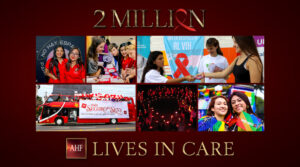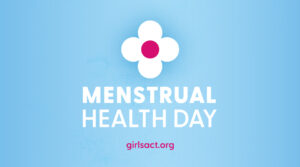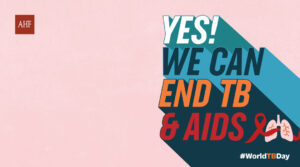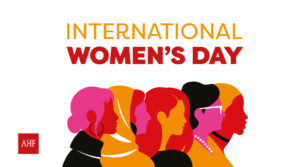In the first moments of the HIV pandemic, at the beginning of the 1980s, there were very marked roles for those involved in the problem. Infectology specialists (mainly men, but also many women) provided the best care they could to people with a hitherto unknown condition, while gay men were the majority of patients who came to their consultations.
Throughout four decades of HIV existence, many of these roles became stereotypes, which, in turn, were dismantled as the pandemic progressed and affected men, women, boys, girls and young people of the most diverse characteristics.
Thus, today it is clear that gay men are not only “patients”, but also some of the doctors and other health professionals who are currently caring for people with HIV. Therefore, it is interesting to know the perspective of these doctors about the prevention strategies that could work best with the group to which they belong.
Identifying key points
Some researchers from Barcelona, Spain, took on the task of interviewing eight health professionals about the vulnerability of gay men to HIV, as well as about what would be the best strategies to promote the prevention of HIV and other Sexually Transmitted Infections (STI) in this population group. Their results were published in the Multidisciplinary Journal of AIDS.
We must not lose sight of the fact that in the Western Hemisphere, as well as in the Latin American and Caribbean region, gay men are one of the populations most affected by HIV and other STIs. Hence the importance of reinforcing prevention strategies and understanding why they have been such an impacted group since the start of the pandemic.
One of the questions that the researchers asked the participants was: “What do you think are the main factors that determine vulnerability to STIs, including HIV, in the gay community?” Among the responses, the following stand out:
- That there is an increased biological risk due to the type of sexual practices, such as anal sex.
- The fact that HIV is now considered a chronic disease has changed the perception of it and has reduced the fear of acquiring it.
- Gay culture places great importance on the body, sex and pleasure.
- Gay men have more sexual partners, which is more accepted than among heterosexuals.
Another question was: “Which preventive strategies do you think have been more effective in preventing HIV and other STIs and which have not?” About this, some of the health professionals responded that the most effective have been the promotion of condom use, public policies to reduce the stigma towards people with HIV and the creation of laws to end discrimination against homosexuals.
Among the least effective strategies, the interviewees highlighted campaigns in the mass media (such as television and radio), sexual education programs that are limited to biological functions and do not take affective aspects into account, and pre-exposure prophylaxis treatment to HIV.
And the third question referred to: “What strategies do you think should be created or promoted to prevent HIV and other STIs in the gay community?” Interesting insights emerged from these responses on how to deal with the pandemic:
- Promote sexual and affective health from childhood.
- Investigate more about the way gay people socialize, for example, the cult of the body and sexualization.
- Decrease the stigma about HIV and not scare people.
- Promote regular and widespread testing for HIV and other STIs.
- Involve the gay community itself in prevention campaigns.
In addition, some interviewees also mentioned that some of the high sexual behavior among gay men was related to the gender stereotype of being male in general, not specifically gay male. For this reason, the authors considered it important to review the concept of masculinity among the gay population.
What do you think? Do you agree with the answers obtained in the investigation? What is certain is that having these opinions sheds light on where STI and HIV prevention strategies should go.
And if you are thinking of taking an HIV test, at AHF Latin America and the Caribbean we do it for free. Locate our nearest office in your country and make an appointment now.






